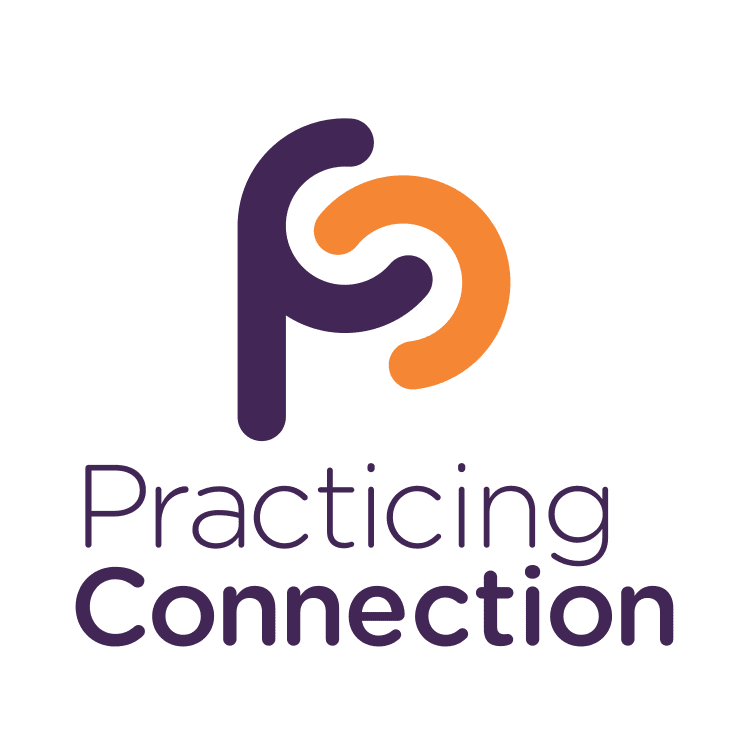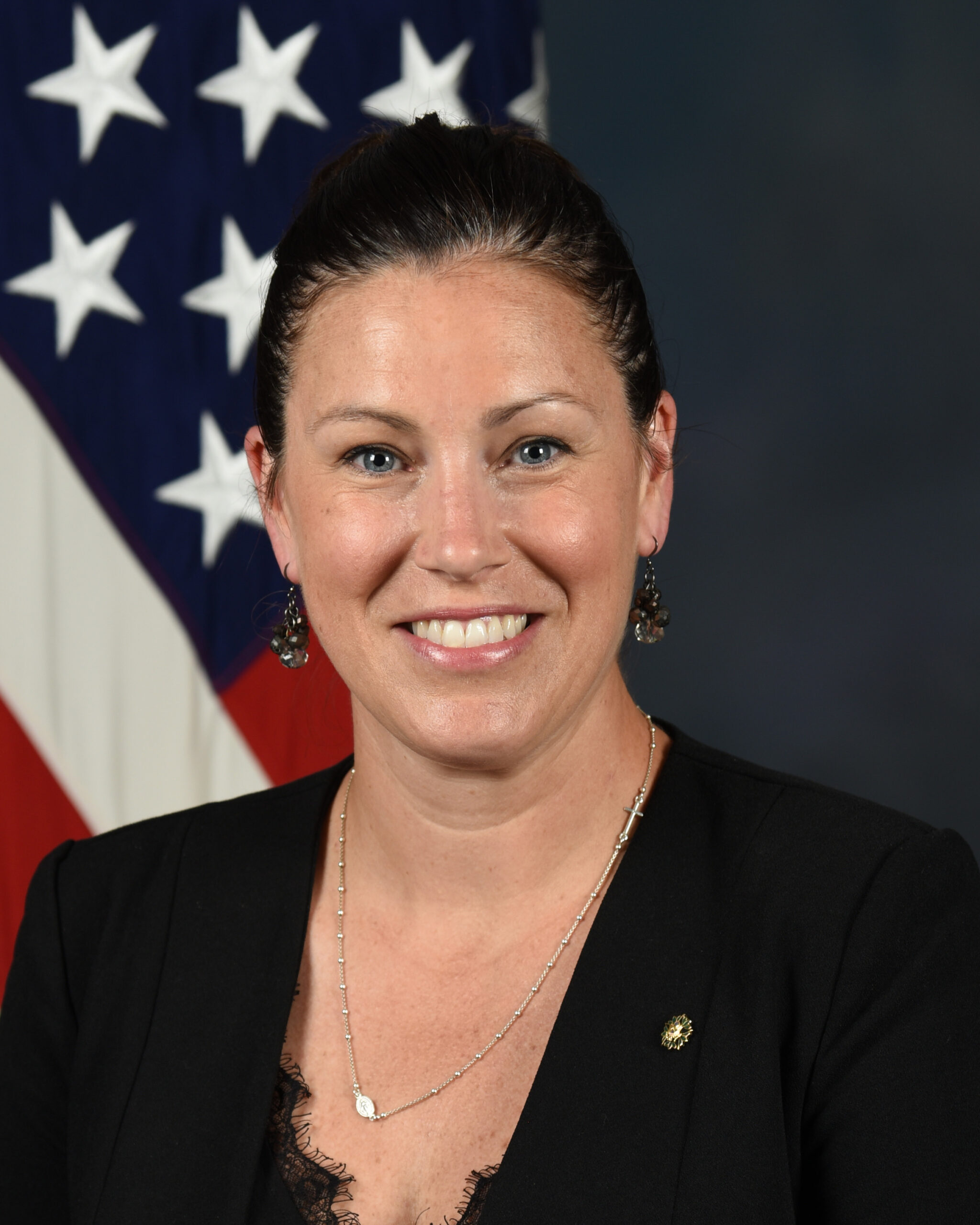(Season 5, Episode 18)
Amy Rodick, Director of the Office of Military Family Readiness and Policy in the Department of Defense, joins the podcast to talk about the informal and formal network that help military families thrive.
As an Army veteran and military spouse, Amy brings a unique perspective, sharing real-world strategies for service providers to successfully engage with the Military Family Readiness System at the local level.













